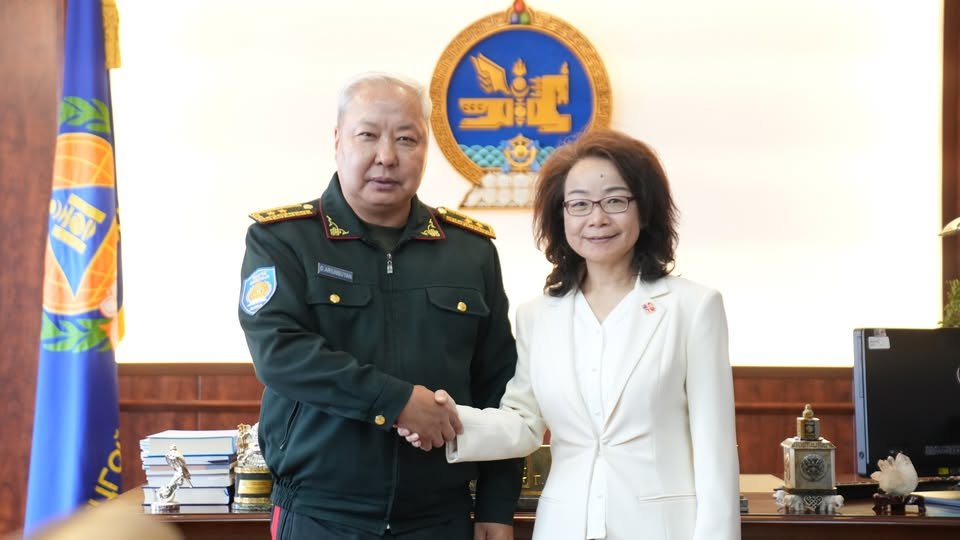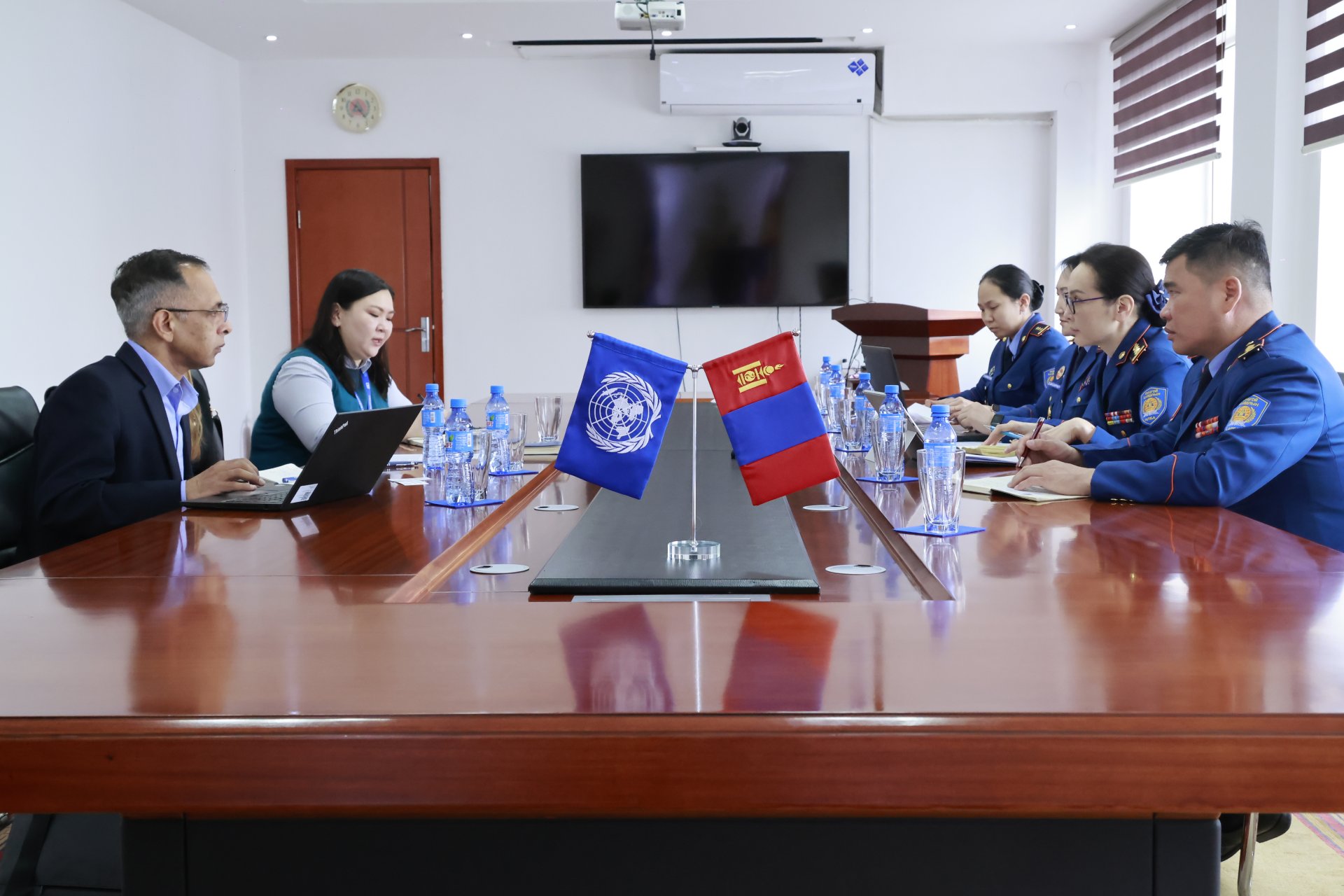More than 80 scientists and researchers are participating in the conference on "Environmental hazards in Asia
On the initiative of the Institute of Astronomy and Geophysics, Birkbeck University of London, in collaboration with the National University of Mongolia, Cambridge University, Oxford University, and the National Emergency Management Agency of Mongolia will held on August 13-15, 2024.
During the conference, Deputy Chief of NEMA, Brigadier General B.Uuganbayar gave a speech regarding the "Experience of the Mongolian Search and Rescue Team operation earthquake disaster in Turkey".
More than 80 scientists and researchers from more than 20 countries participated in the conference. Participants exchanged information and experiences on environmental hazards in Asian countries, their damage and effects, and ways to reduce the risk of occurrence.
Tomorrow, on the 14th of August, Colonel D.Bazarragchaa, Head of the Risk Management and Assessment Division of NEMA, will present a report on "Study on Earthquake Preparedness of Population in Urban Areas of Mongolia".
The co-sponsors of the international conference are the Association of Asian Science Academies, "Rio Tinto Mongolia", "Oyu Tolgoi", Mongolian University of Science and Technology, Mount Paektu Research Center, Birkbeck University of London, "The Center for Observation and Modeling of Earthquakes, Volcanoes and Tectonics" ( COMET), the British Embassy, the Mongolian Association of Geologists, and the Mongolian Industrial Geologists Association are participating.
Copy all texts of this article
Download all images of this article
Other news

2024/08/14
Recent NewsExchange of views on bilateral cooperation
Ambassador Shen Minjuan emphasized her commitment to prioritizing and further enhancing cooperation between the two countries in the field of disaster prevention and protection.

2024/08/14
Recent NewsKey topics included setting a date for the event and finalizing the detailed organizational plan
Ulaanbaatar, May 15, 2025 – Colonel Ts. Uranchimeg, Deputy Chief of the National Emergency Management Agency (NEMA) of Mongolia, held a meeting today with Ms. Matilda Dimovska, Resident Representative of the United Nations Development Programme (UNDP) in Mongolia.

2024/08/14
Recent NewsKey topics included setting a date for the event and finalizing the detailed organizational plan
Ulaanbaatar, May 15, 2025 – Colonel Ts. Uranchimeg, Deputy Chief of the National Emergency Management Agency (NEMA) of Mongolia, held a meeting today with Ms. Matilda Dimovska, Resident Representative of the United Nations Development Programme (UNDP) in Mongolia.







